How to harvest Swiss chard – this two-way cropping method will keep the leaves coming
Whether picking fully-grown or baby leaves, you can harvest Swiss chard so it keeps growing and plants give you months of harvests
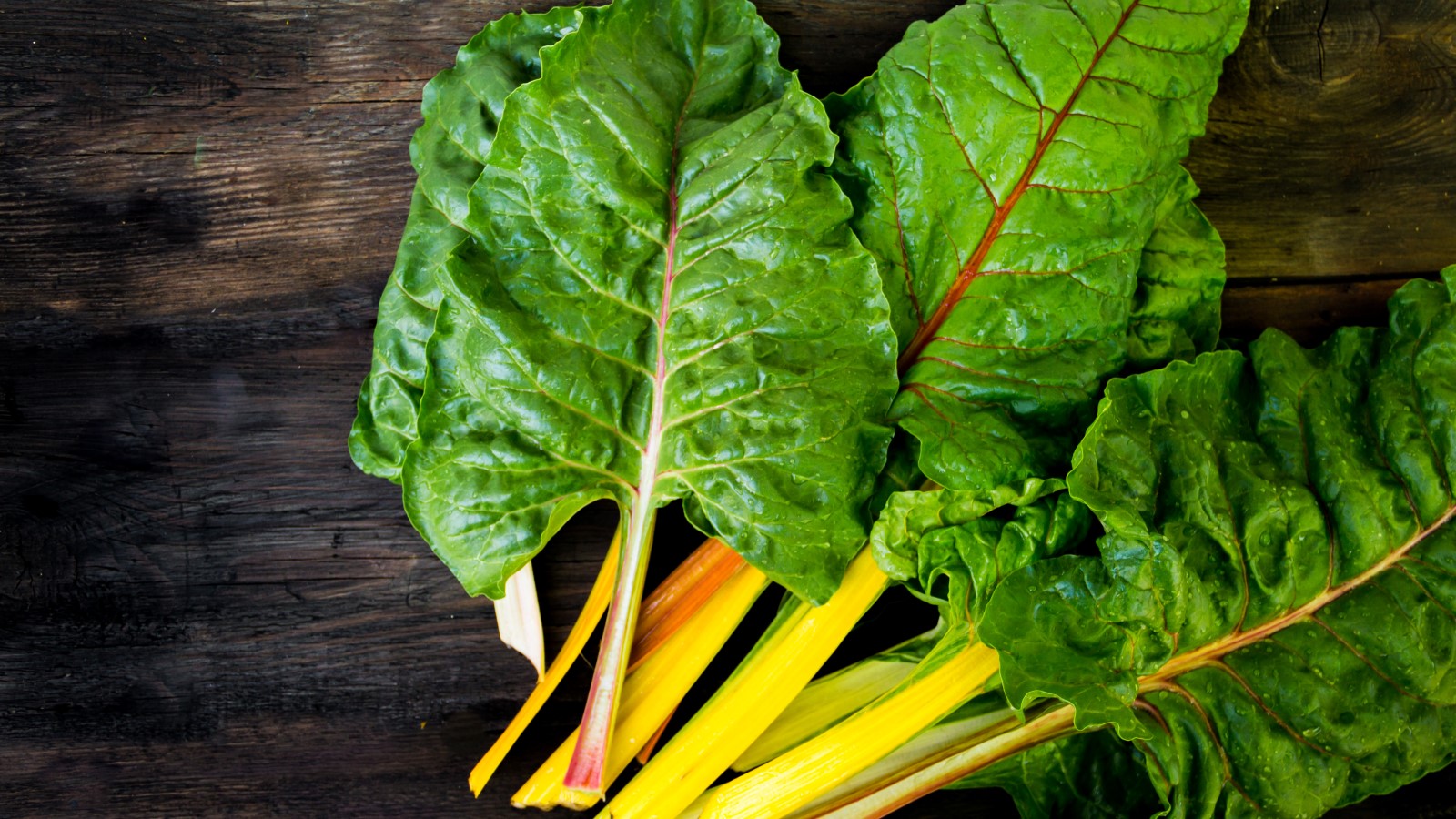

Swiss chard can be harvested when the leaves get large enough to eat and are commonly picked either as fully-grown or baby leaves. Both ways allow you to pick the crop in a way that will keep growing and produce more leaves.
As well as knowing when to harvest Swiss chard, it pays to know how to harvest Swiss chard in a way that the plant will keep growing happily so you get the longest season possible. It can mean months of harvests from one plant and a big chard yield for all your culinary desires.
I have grown Swiss chard in vegetable gardens and home allotments for many years. Not only is it a quick and prolific grower, but the range of colors that Swiss chard comes in can really brighten up any growing space.
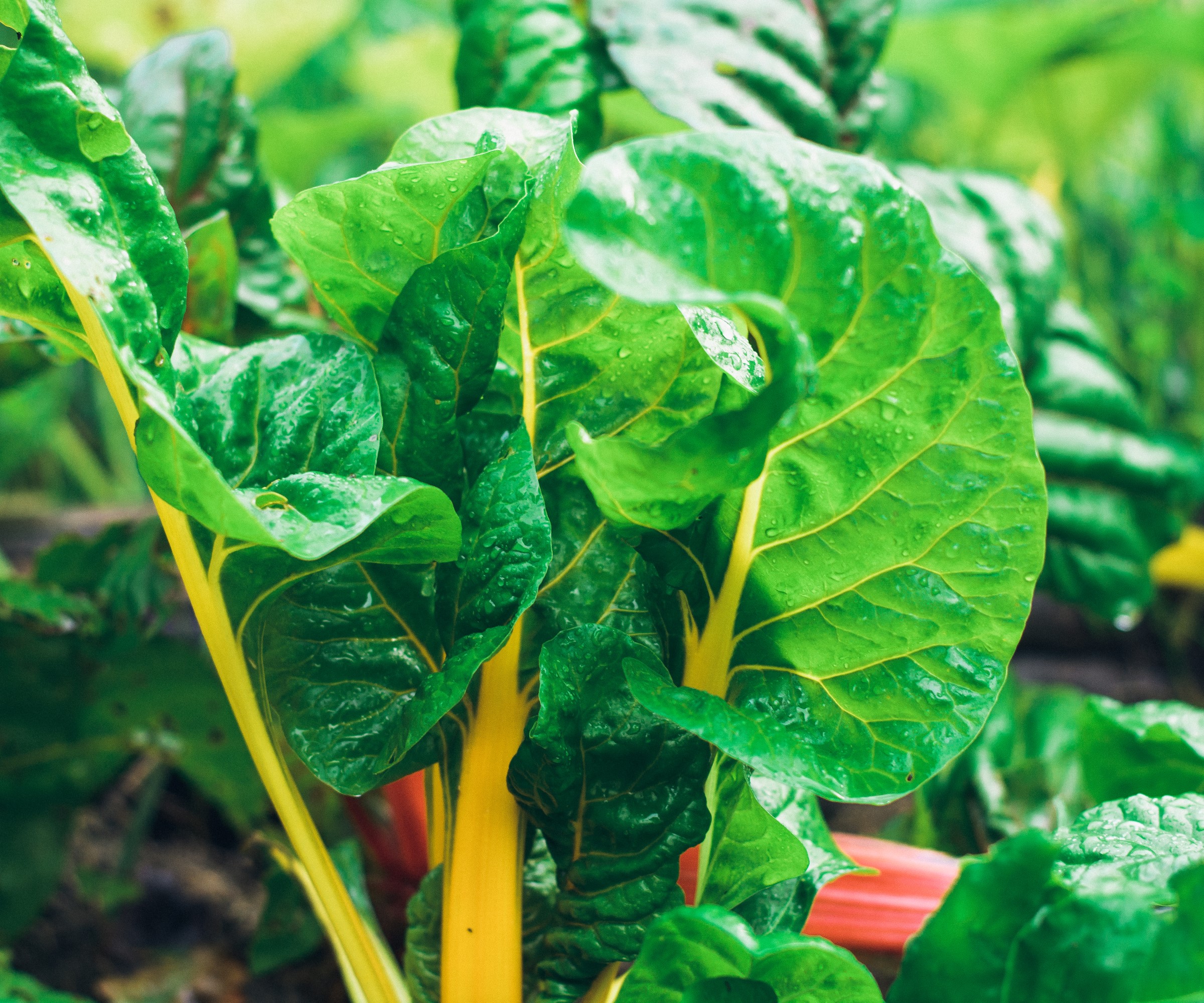
Swiss chard can come in yellow, pink, red, or white shades
How to harvest Swiss chard so it keeps growing
Swiss chard is one of the easiest vegetables to grow and it is also a very fast-growing vegetable. It can be ready to harvest as fully-sized leaves about 10-12 weeks after sowing the crop, or less if you want to crop Swiss chard as baby leaves. The season for Swiss chard is a long one, usually running from mid-spring into early winter, though it can potentially crop year-round.
There are two different ways to harvest Swiss chard, either taking individual leaves as and when required or harvesting the entire plant to let it regrow. Always use sharp and clean garden tools any time you are harvesting crops from the kitchen garden and take care to avoid damaging the plant. A pocket-sized blade sharpener, such as this one at Amazon, is small and convenient for sharpening tools while out in the yard.
It is best to use a pair of pruning shears, scissors, or a harvesting knife to cut leaves, rather than ripping them from the plant with your hands. Not only will jagged tears leave wounds that are susceptible to disease, but pull too hard and you risk pulling the whole plant out of the ground.
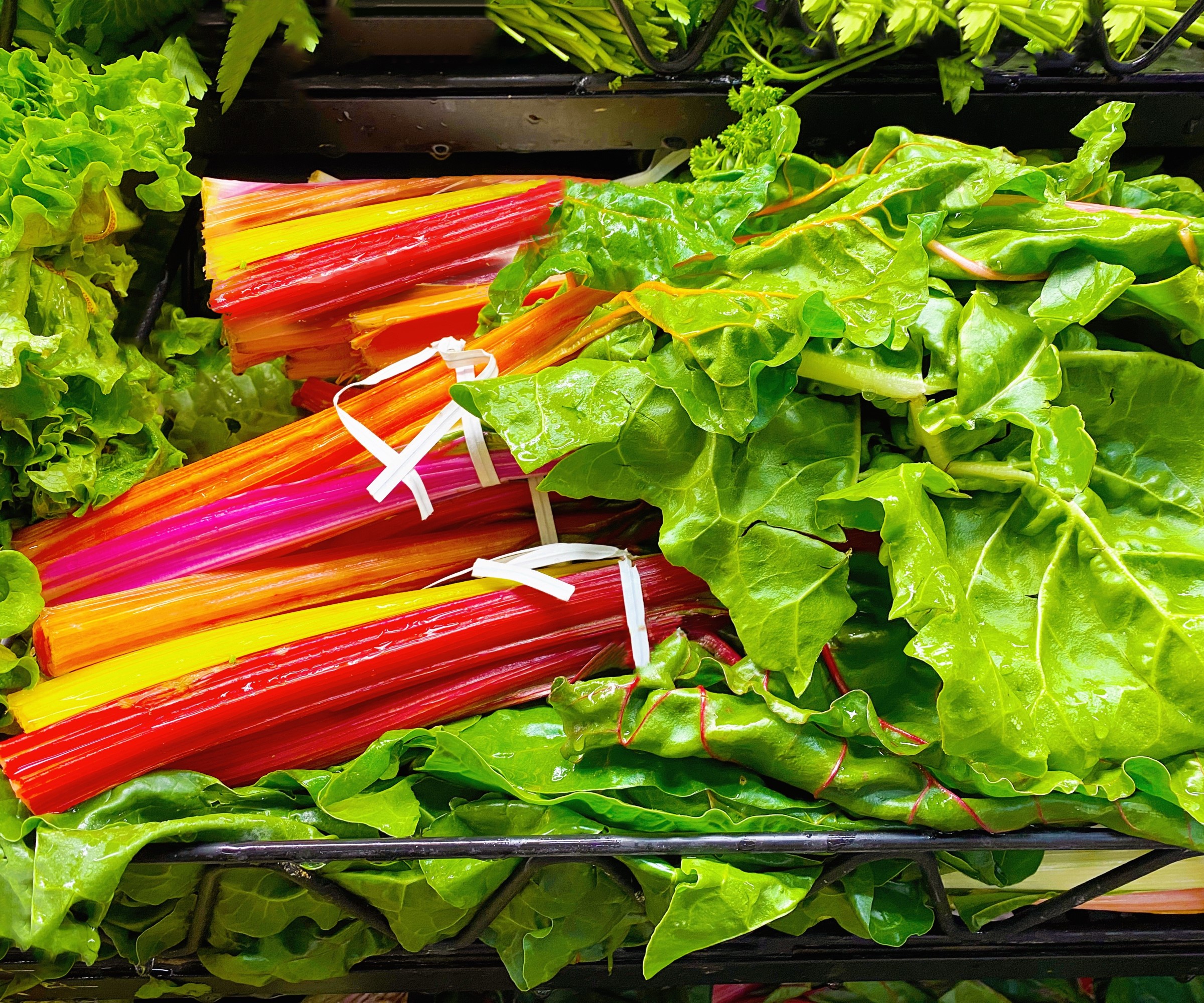
Fully-grown leaves are cut at the base of the stem
Harvesting individual leaves
Fully-grown leaves are carefully removed one by one from the plant, and cut across the thick stem close to the base of the plant. It is best to pick the oldest leaves around the outside of the plant as this will encourage younger inner leaves to grow larger to be cropped at a later date.
Harvest individual outer leaves when they are around 8-12 inches long and cut them with your shears or knife around two inches above the ground. Check your chard carefully to only crop leaves that are unblemished from pests or diseases.
Gail Pabst, an expert horticulturist at the National Garden Bureau, advises to ‘make sure to cut above the basal plate’ and this will allow the plant to grow new stems and leaves.
Any older leaves that have holes from nibbling pests, or show signs of other damage, should be removed and can be added to make compost. While any leaves showing symptoms of disease should be discarded.
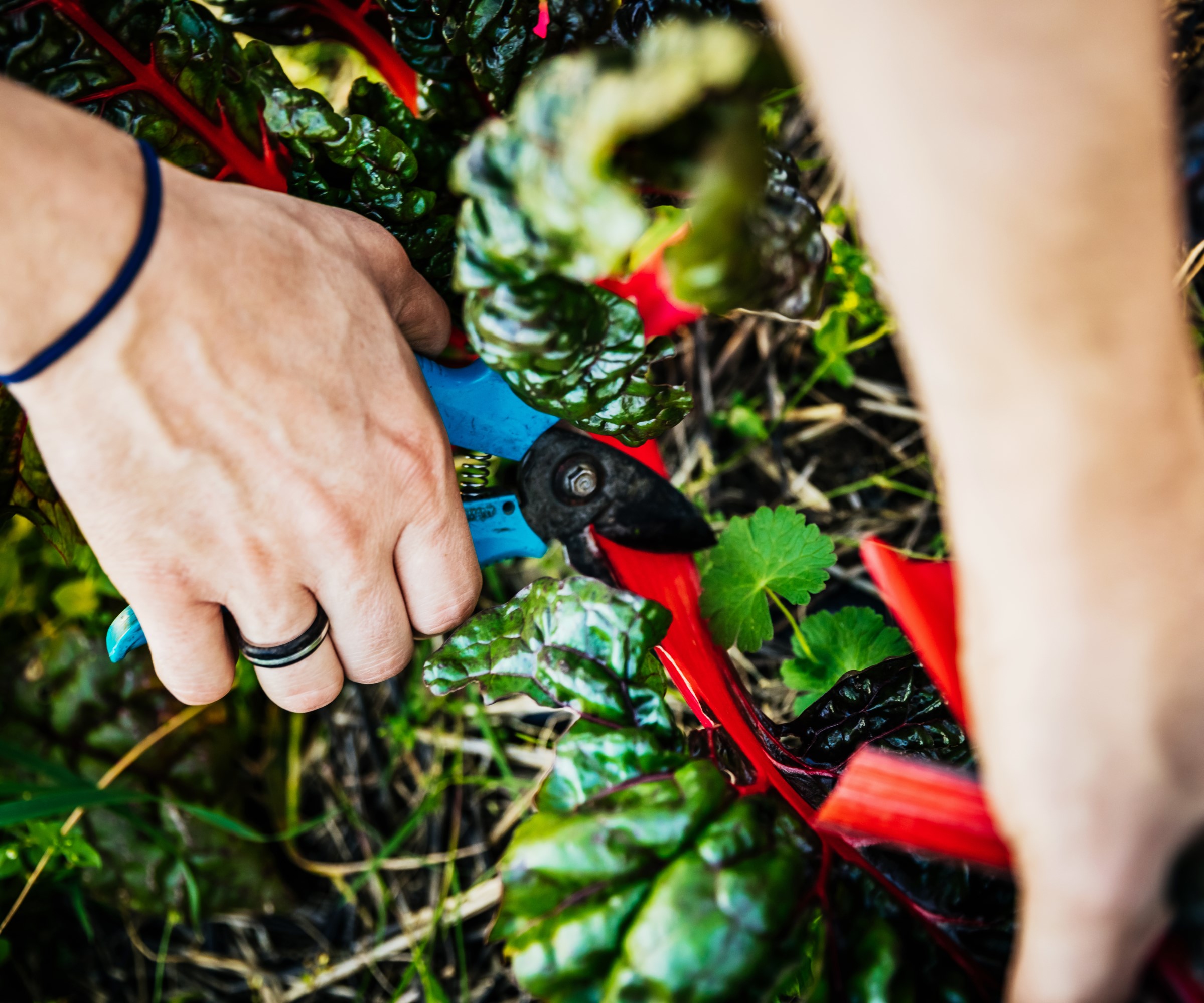
Sharp tools should be used to harvest swiss chard
Cropping as a cut and come again
The alternative harvesting method is to cut the entire Swiss chard plant and harvest all the leaves to allow it to grow again. Graham Rice, a vastly experienced gardener, says this is a great option when harvesting smaller or baby Swiss chard leaves.
He says: ‘Chards are popularly grown as baby leaves, their bold, colourful stems sparking up salads – both visually and in terms of flavour – when harvested at just a few inches high.
‘A single spring sowing can give you baby leaves for salads and months of regular harvests while, at the same time, providing invaluable colour in the vegetable garden.’
Use a pair of sharp pruning shears to cut across the leaves when they are around 3-4 inches tall. Lucy Chamberlain, fruit and vegetable expert for Homes and Gardens, warns that if you do choose to cut down full plants ‘just ensure the growing point remains intact so plants can recover’.
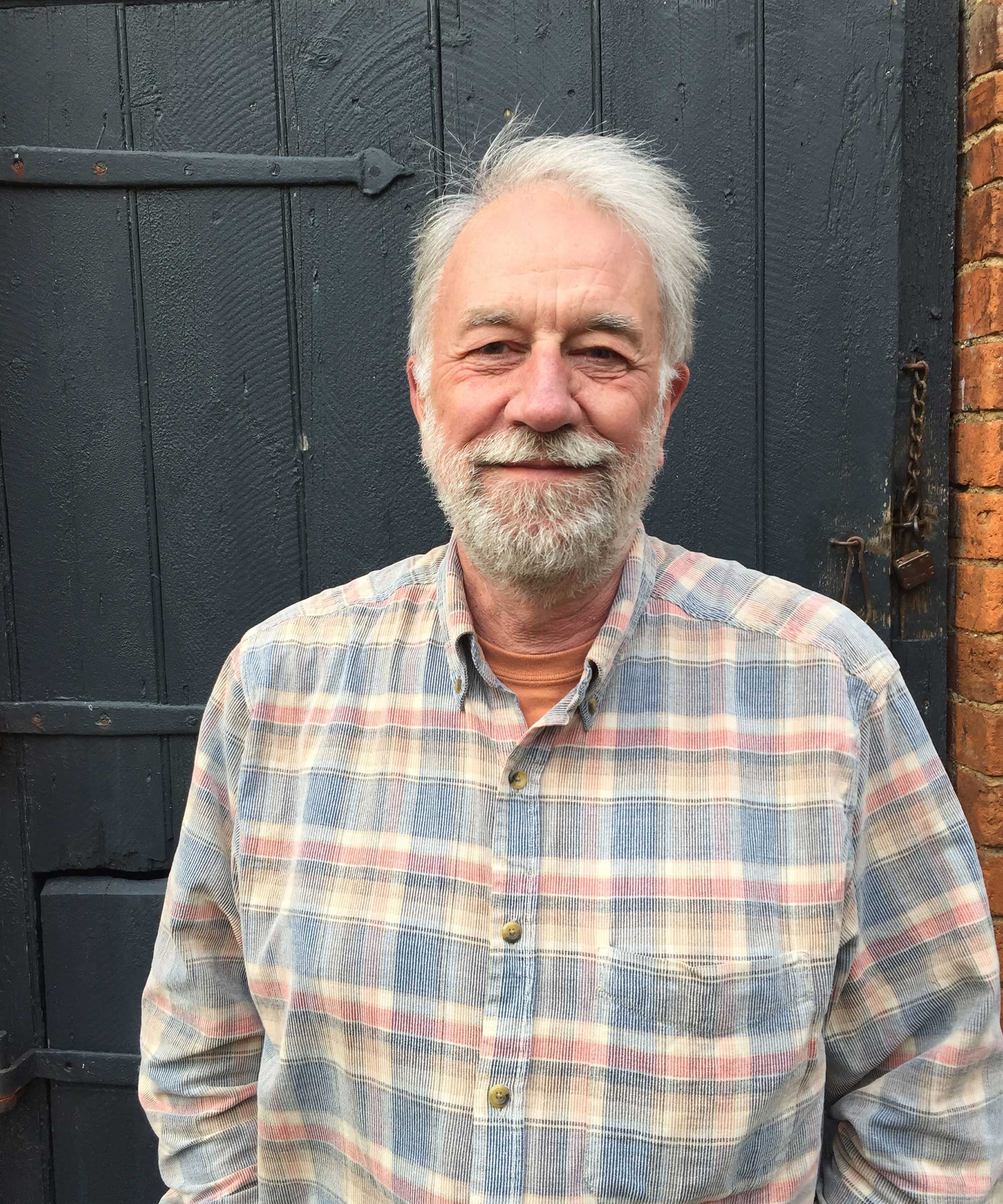
Graham Rice has a wealth of knowledge in all things horticulture. He trained at the prestigious Royal Botanic Gardens in Kew, England, and since then has written more than 20 books on plants and gardening and been a judge at Chelsea Flower Show, as well as writing for many gardening magazines and websites.
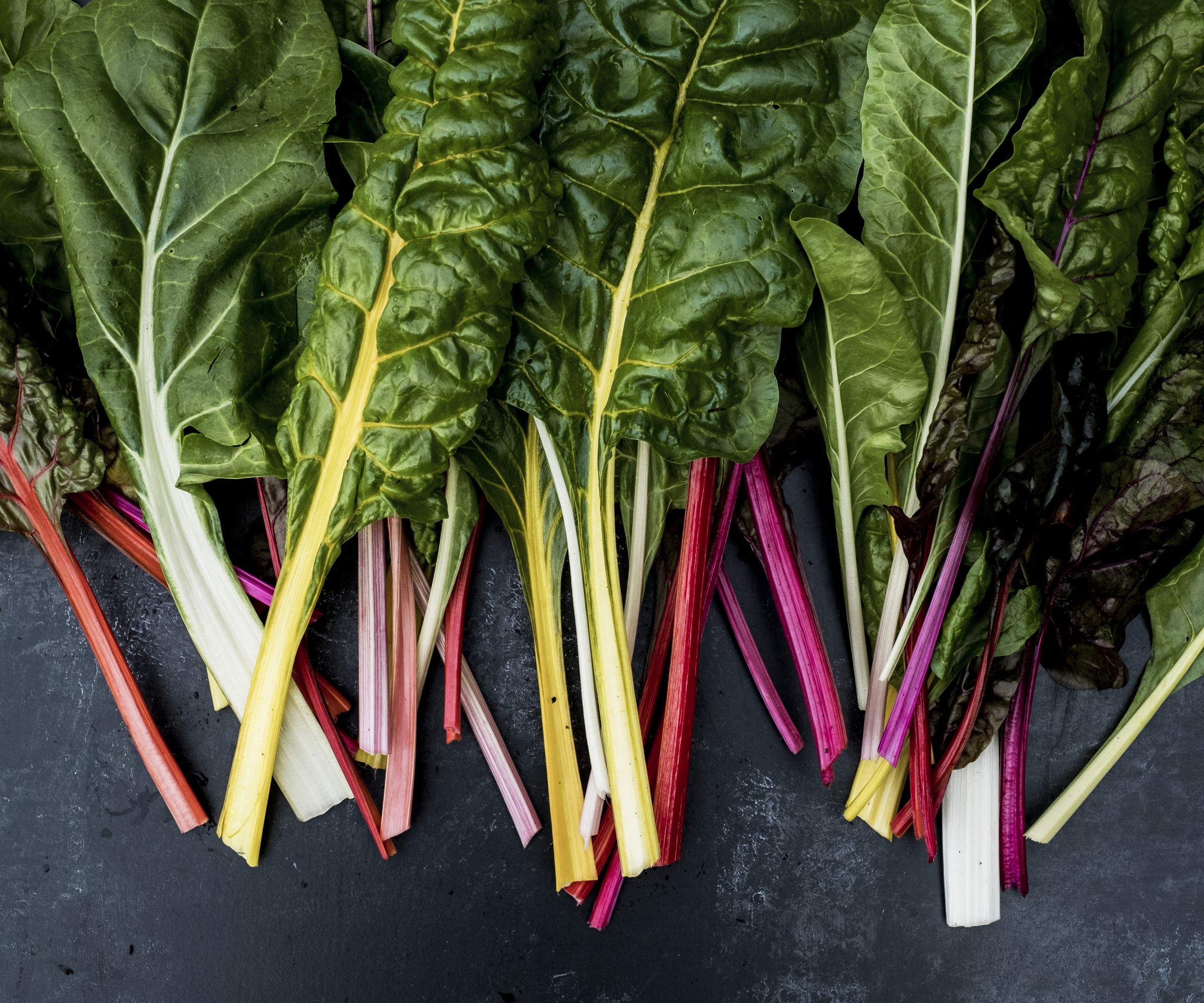
Chard leaves can be harvested over many months
How many times can you harvest Swiss chard
Swiss chard can be harvested over a very long period. A single plant is capable of providing a crop over many months. It will happily keep going and produce more leaves after harvesting for months until it becomes exhausted from the effort of continually regrowing.
If planned out well, it is possible to be able to harvest Swiss chard for most of the year. Sowing and transplanting seedlings in spring and mid-summer, coupled with the fact that plants can be harvested over a long period, means a long season. It helps that the plant is tolerant of both heat and cold. You can get a range of Swiss chard seeds to sow at Burpee.
Lucy Chamberlain says she makes a sowing of Swiss chard in August with the intention that she can ‘pull the robust, mature leaves from October right through until it runs to seed in May’ either by ‘snapping off single stems or cutting down individual plants completely’.
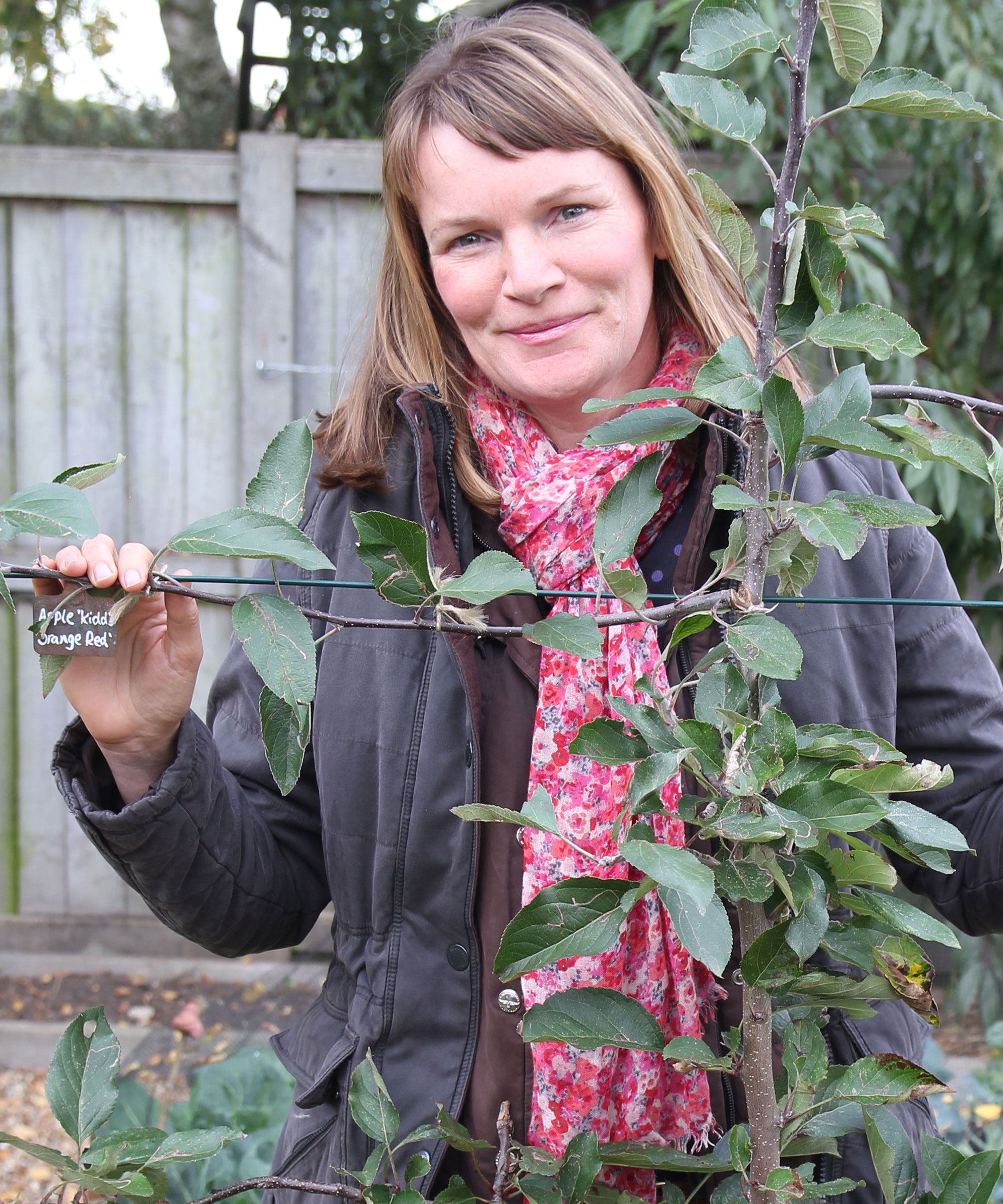
Lucy was a Horticultural Advisor at RHS Wisley and has been Head Gardener on a 100-acre estate in England for many years, but writes regularly for titles such as The Garden, Gardeners’ World, The Guardian and Amateur Gardening.
FAQs
How do you store Swiss chard after picking?
Chard is a crop best picked as and when required as it will only last a few days when put in the vegetable drawer of a refrigerator. It can be blanched and then frozen to store for up to a year. When you harvest chard it is best done earlier in the morning when the leaves are full of water, and the leaves should be kept in shade as sun and heat can cause them to quickly wilt.
Swiss chard is a fantastic crop to consider for any vegetable garden and is perfectly suitable to grow as part of any vegetable garden container ideas. Utilizing leafy crops like chard and kale – as you can also harvest kale to keep it growing for a long period – can mean you get big yields from potentially one packet of inexpensive seeds. Even if you have just a small vegetable garden, then just one or two of these plants can provide you and your family with all the leaves you need.
Sign up to the Homes & Gardens newsletter
Design expertise in your inbox – from inspiring decorating ideas and beautiful celebrity homes to practical gardening advice and shopping round-ups.

Drew’s passion for gardening started with growing vegetables and salad in raised beds in a small urban terrace garden. He has worked as a professional gardener in historic gardens and specialises in growing vegetables, fruit, herbs, and cut flowers as a kitchen gardener. That passion for growing extends to being an allotmenteer, garden blogger, and producing how-to gardening guides for websites. Drew was shortlisted for the New Talent of the Year award at the 2023 Garden Media Guild Awards.
-
 5 hydrangea myths debunked by experts – and what you need to know instead for beautiful blooms
5 hydrangea myths debunked by experts – and what you need to know instead for beautiful bloomsFrom ways to change their color to when to prune, there are certain misconceptions to steer clear of when growing these flowering shrubs
By Holly Crossley Published
-
 How the 'ODT' method can help you to tackle your overwhelming decluttering checklist – and streamline the process from start to finish
How the 'ODT' method can help you to tackle your overwhelming decluttering checklist – and streamline the process from start to finishAvoid 'analysis paralysis' and tick off tasks quickly and easily by making just one decision at a time
By Ottilie Blackhall Published